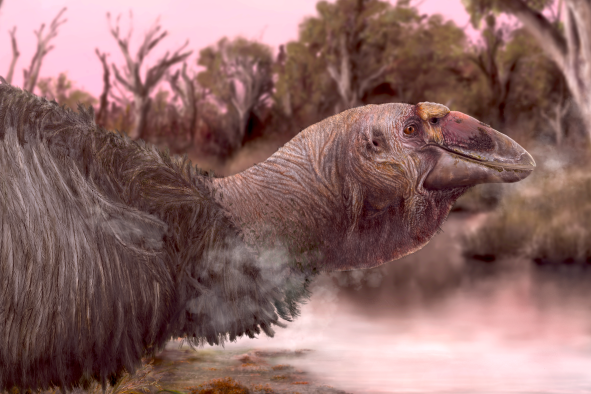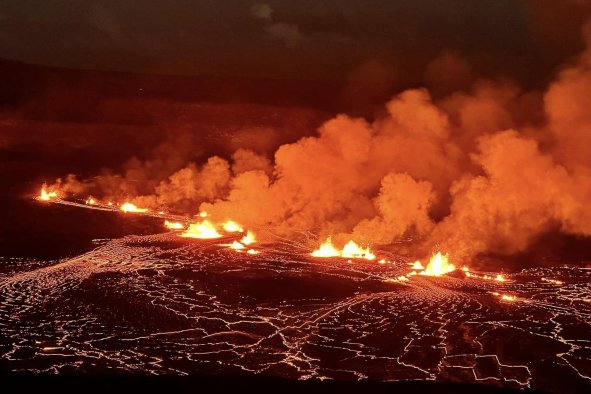An phenomenon that until recently had not been the subject of much research may be behind huge temperature fluctuations in the Arctic, a new study has discovered.
The study lead by François Lapointe, a research associate at the University of Massachusetts UMass Amherst and colleagues, was published in the journal Nature Communications.
The Arctic is warming at a rapid rate, largely due to climate change. However, since 1991, Svalbard—an archipelago in Norway located between the mainland and the North Pole—seems to be warming more rapidly.
As a result the region is losing drastic amounts of sea ice, and rainfall is increasing, which in turn is causing landslides. The area is warming at twice the rate of the rest of the Arctic. Yet, until now, scientists had no idea why.
"We wanted to know why Svalbard has been warming so much faster than the rest of the Arctic," Raymond Bradley, a professor at UMass Amherst and co-author of the study, said in a statement. "And to figure out whether or not these trends would continue."
To reach their findings they used 2,000 years' worth of data from lake sediments from Lake Linné, to the west of Svalbard. Samples like this can tell scientists a great deal about the past climatic conditions.
Lapointe and his team then examined the calcium levels of the sediments and discovered that during intense rain events, carbonates from the surrounding soil washed into the lake, settled at the bottom, and became part of the sediment.
This sediment acts as a historical record, capturing rainfall patterns over the past two millennia. When Lapointe's team compared these sediment records with meteorological data, they found a correlation between the two.
"The biggest rain and warming events of the past are all linked to atmospheric blocking over Scandinavia and the Ural Mountains," Lapointe said in a statement.
"Atmospheric blocking is when a high-pressure system, with air rotating clockwise around it, stalls over a particular region—in this case northern Scandinavia. In tandem with this high-pressure system, rain events in Svalbard are also often associated with a low-pressure system that settles in over Greenland, which rotates counter-clockwise
The two weather systems function like interlocking gears, and "spin" the study found, pulling warm, moist air from the mid-Atlantic Ocean into the Arctic, resulting in heavy rainfall in Svalbard. Observations have shown that blocking patterns and Arctic temperatures have both risen since measurements began.
The two weather systems work together like interlocking gears, pulling warm, moist air from the mid-Atlantic Ocean up into the Arctic, causing heavy rainfall in Svalbard. Since scientists began taking measurements, they've noticed an increase in these blocking patterns in the Arctic, along with a rise in Arctic temperatures.
"It will be very interesting to observe how atmospheric blocking behaves with further warming," Lapointe said. "Any further increase will likely amplify the effects of floods and natural hazards in Svalbard."
The future outlook for Svalbard is troubling. Despite having a permanent population of only 2,650, the archipelago sees more than 130,000 visitors annually, and is home to many diverse species that rely on a healthy ecosystem. However, only time will tell how the region fares as temperatures continue to increase.
Do you have a tip on a science story that Newsweek should be covering? Do you have a question about the Arctic? Let us know via science@newsweek.com.
Disclaimer: The copyright of this article belongs to the original author. Reposting this article is solely for the purpose of information dissemination and does not constitute any investment advice. If there is any infringement, please contact us immediately. We will make corrections or deletions as necessary. Thank you.



